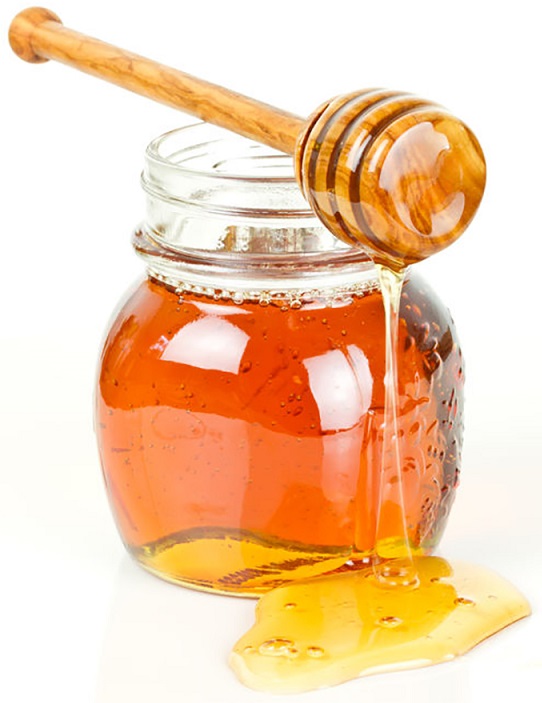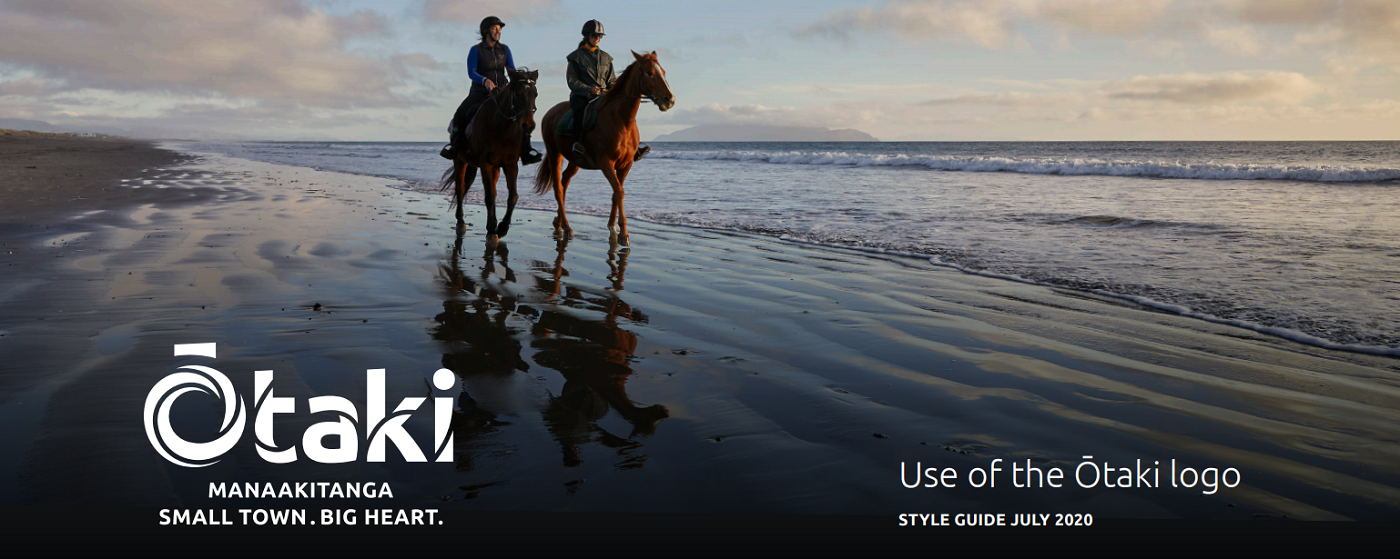 Local scientist Dr Steve Humphries of Hebe Botanicals looks at what’s in manuka honey.
Local scientist Dr Steve Humphries of Hebe Botanicals looks at what’s in manuka honey.
 People have used honey for thousands of years to treat infected burns and wounds. Honey’s antibacterial properties are due to a combination of factors: the high concentration of sugar, its acidity and trace amounts of hydrogen peroxide. All things that bacteria don’t like.
People have used honey for thousands of years to treat infected burns and wounds. Honey’s antibacterial properties are due to a combination of factors: the high concentration of sugar, its acidity and trace amounts of hydrogen peroxide. All things that bacteria don’t like.
And then along came an even more powerful antibacterial honey – manuka. This extra antibacterial power was referred to as “non-peroxide activity” (NPA) and trademarked as a “unique manuka factor” (UMF). This unique property was eventually determined to be due to the presence of the chemical methylglyoxal.
Interestingly there’s no methylglyoxal in manuka nectar. The methylglyoxal is produced by heat-treating the manuka honey. This converts the naturally occurring dihydroxyacetone in manuka nectar into methylglyoxal. So manuka honey with high levels of methylglyoxal is not a traditional food. It’s a relatively recent manufactured product.
Methylglyoxal and dihydroxyacetone are cheap industrial chemicals and $40 worth is enough to turn a tonne of ordinary honey into high added-value fake “manuka” honey. Clearly there is a strong financial incentive to adulterate. Despite the strict guidelines and requirements for a genuine manuka honey, it’s been estimated that worldwide up to 80 percent of so-called manuka honey is in fact adulterated.
Methylglyoxal is a highly reactive chemical. In the body it reacts with peptides, proteins and DNA (and not in a good way) to form what are collectively known as advanced glycation end products (AGEs). AGEs in turn create cellular dysfunction, which is implicated in ageing and many age-related degenerative disorders such as diabetes, cardiovascular disorders, and cancer. Because of the deleterious effects of methylglyoxal, there is a health model that proposes we restrict methylglyoxal and AGEs consumption.
We can do this by not smoking (methylglyoxal is in cigarette smoke) and minimising the consumption of many processed foods that have high levels of methylglyoxal and AGEs.
The concentration of methylglyoxal in high UMF manuka honey is hundreds of times more than in any other food, and a single 20g serve of manuka honey can easily double a person’s total daily intake. The health burden of this increased methylglyoxal consumption has yet to be determined.
Methylglyoxal is used in cosmetic research as a skin damaging agent. It’s applied to skin to mimic the effects of ageing and environmental damage like UV exposure. It disrupts the structure of skin collagen and damages DNA (it’s a mutagen). Cosmetics can then be applied to the damaged skin to assess their potential healing properties. So in the scientific research world, methylglyoxal is a skin damaging agent par excellence, but in the cosmetic marketing world methylglyoxal (packaged up as the unique manuka factor in manuka honey) becomes a hero ingredient for skin care!
In reality manuka honey is almost certainly added to cosmetics as a puffery ingredient for marketing purposes (ie in miniscule concentrations) so it will have little effect on the skin in any case.
Honey has promise as a medical treatment for wounds, especially as it can be effective against antibiotic-resistant bacteria. The methylglyoxal in manuka honey gives it an antibacterial advantage over conventional honeys, but it often does not heal as well, and in some circumstances can even impair wound healing. This is thought to be due to the cytotoxic nature of methylglyoxal.
Manuka honey has been promoted for good gut health. Why would people pay a premium for manuka honey, with its unique antibacterial properties, and think that would be a good thing for gut health? This requires some remarkable leaps of faith: that you can accurately self-diagnose that you have a gut bacterial imbalance requiring intervention; that the manuka honey can be delivered in sufficient strength to have an effect; and that the unique manuka factor (ie the methylglyoxal), a broad-spectrum antibacterial, can target “bad” bacteria while somehow avoiding “good” bacteria.
It’s widely claimed that bacteria cannot develop resistance to manuka honey. This is true for any topically applied honey. However, when consuming manuka honey the only substantive antibacterial effect to survive through to the stomach and gut is methylglyoxal, and bacteria can develop resistance to it.
There are also internet claims that manuka honey can ease irritable bowel syndrome and help fight stomach ulcers. Despite hundreds of research studies no clinical trials show that ingesting manuka honey produces any benefit.
Manuka honey isn’t a superfood, it’s honey with methylglyoxal. For breakfast I will be having a good clover honey. I don’t need or want a cytotoxic, mutagenic, antibacterial on my toast.

